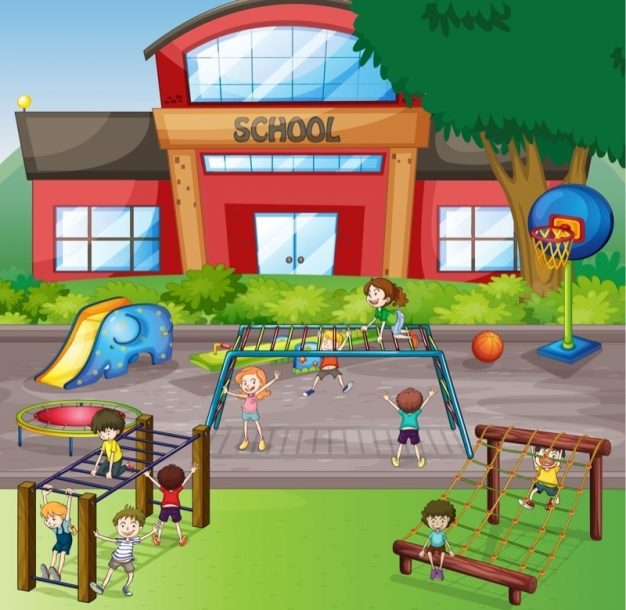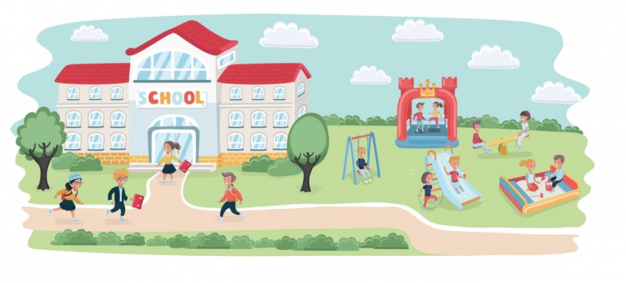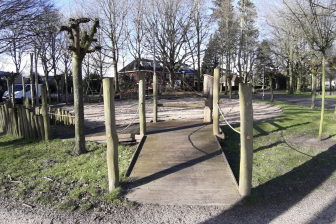
Difference between playgrounds and natural play spaces for school
There is not much a difference between playgrounds and play spaces. Rather one must develop an eye for precision in order to depict the differences between the two. A playground is a place especially designed for the kids to play. Everything in the playground is specially designed considering the age groups to which it is catering.
Talking about a play space, it is a play area within the natural environment with or without equipment. If we visit a kindergarten school, for instance, they have specially designed playgrounds for the kids to play, interact and entertain themselves. However, if we go to higher schools, we’ll find the natural play spaces for schools, where they may add some swings, smooth the surface and alter the natural areas according to the needs of the children.
Basically, both playgrounds and natural play spaces for schools are outdoor designed areas for the kids to have immense pleasure and entertainment in their own ways.
Designing natural play spaces for schools
1) Changed requirements need changed spaces- Why is it very important to specially design natural play spaces for schools? With time, the exposure to the outdoors required for the kids is also changing. The educational parameters have taken a different role altogether in the lives of the kids. Such aspects and requirements are reflected also in the design of natural play spaces for schools.
2) Exposure to nature- The major reason for designing natural play spaces for schools is so the kids grow to play along with the landscapes and the natural vegetation and surroundings. There are many schools that deliberately grow some fruits or vegetables to make children understand and enlighten them with the power of Nature and how one should protect it.
Natural play spaces for school provide the kids with a lot of benefits, some of them being:
- A natural play space boosts the physical activities for kids. It not only makes them as fit as possible but also gives them a way to fight obesity which is a major global cause of bad health for kids.
- Natural play spaces for school also make children socially active. Kids learn to communicate, collaborate and develop the much-required self-confidence and self-dependence.
- Such play spaces sharpen and brighten the child’s mind, making them capable of solving their own problems, solving puzzles, and allowing them to gain some treasured knowledge from nature.
- Natural play spaces for schools help the child relieve their stress, make them mentally more attentive, confident, independent, and also improve their concentration powers which indirectly helps them with their academics.
- Natural play spaces for schools also help the children develop risk assessments, which is critical for their lives.
Guidance for developing natural play spaces for school
Natural play spaces are without a doubt a blessing for the kids, but the ones who are designing and developing natural play spaces for schools must follow these guidelines to make their designs perfect for the kids:
- The layout of the natural play spaces should complement the surroundings around, enhancing the school’s internal circulations and organizations as well as the age groups involved.
- Plant more trees around the play spaces for the kids. The designer for the natural play spaces for the schools must have an established tree planting strategies in hand.
- Use multiple types of equipment within the play spaces. A play space should be designed to have a variety of programmed and un-programmed activities.
Make sure that all the equipment within the natural play spaces for schools should be checked for safety and should be observed closely ensuring the safety of the kids. Give your child a flavor of nature at an early age which can inspire them all their lives.
Article courtesy of Playground Professionals.





